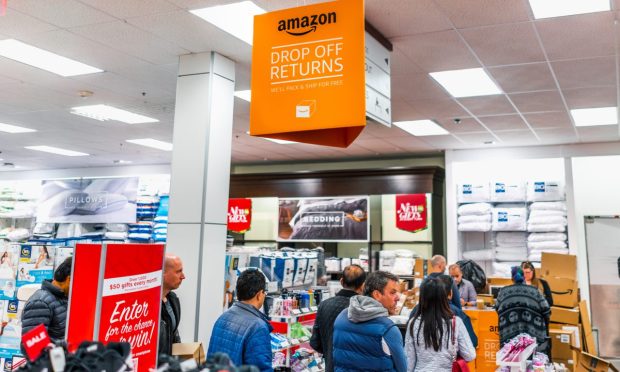No Rest for Retail as New Year Ushers in Familiar Challenges

Whether it’s baseball, Broadway or any number of other related scenarios, the old “You’re only as good as your last… (at-bat, performance etc.) quip is a perfect fit for retailers this new year, as they will be given no space to reflect on what was, and instead will have to pivot directly into a new year filled with a new but familiar set of challenges.
Although their official sales and earnings results are still a month away, early anecdotal and survey data suggest the fourth quarter appears to have exceeded most expectations — which is great — but far from a reason to rest, and it certainly offers no opportunity for a victory lap.
Unlike a marathon, where fatigued participants can at least catch their breath after completing their grueling contest, the nation’s retail chains and eCommerce platforms will be afforded no such luxury and will greet this first Monday (Jan. 3) of 2022 with the same crisis-control mentality and urgency that they’ve met every other Monday with for the past six, 12 or arguably 20 months.
Crisis Is the New Constant
This is not to ignore the good. Afterall, Mastercard’s 8.5% total sales gain projection for December, coming alongside an 11% increase in online sales, is nothing to sniff at.
Read more: Online Sales Grew 11%, US Retail up 8.5% This Holiday Season
Nor is the fact that PYMNTS’ research shows that one-third of U.S. consumers made an online purchase in December — not because they had to (as was largely the case in 2020 when most stores were shuttered), but because they chose to, since physical stores were fully open for the final month of the year.
See more: One-Third of US Shoppers Made Online Retail Purchases in December
But while that is all well and good, the new retail reality — today, right now — is one of ongoing challenges, where brick-and-mortar, omnichannel or direct-to-consumer sellers all face a similar set of headwinds.
In short, crisis is the new constant in retail, and those players that can adapt to it the best will not only win the day but will also earn the loyalty of customers who are clearly picking and choosing how, where and when they like to buy goods and take possession of them.
The Devil(s) You Know
To be sure, as much as every chapter of the 21-month coronavirus saga has carried its own vagaries and particulars, it is something that consumers and retailers, at this point, have rehearsed repeatedly. It is quite literally “a devil” that we have all grudgingly become well acquainted with.
While mandatory store closures, such as those being imposed in Montreal Monday, are still very limited at the moment, many consumers will make the shop-from-home decision themselves — either fully or partially — long before a government agency makes the decision for them. To ignore this shift is equivalent to signing your own death certificate.
Other familiar devils that retailers are contending with this first week of 2022 include a surge in returns, which is the nasty and costly by-product of increased levels of eCommerce. While it is not a new post-holiday problem, it is a larger one.
Read more: Holiday Gift Returns Expected to Be 59% Higher in Part From Supply Chain, Labor Woes
There’s also the ongoing challenge of inflation, a beast that is pinching consumers and retailers alike, whether it is through rising ingredient costs or the final prices of goods on the shelves. Like it or not, lasting or transient, inflation is still an inescapable problem that will continue to be a retail reality for the foreseeable future for everyone. No matter how well you did in December, retailers will fight this problem as vigorously in 2022 as they did last year.
At the same time, inflation’s cousins — supply chain woes and rising hourly wages — are also set to make encore appearances on the retail stage of problems this month, quarter and probably year. But again, while these collective crises each present their own unique challenges, none of them are new and should therefore be absorbed by a system of shoppers and sellers that, at this point, have mastered the art of hunkering down and waiting for the winds of change to blow.
